Copyright 1999 by Ginny Clark All rights reserved. Warner Books, Inc., Hachette Book Group 237 Park Avenue New York, NY 10017 Visit our website at www.HachetteBookGroup.com First eBook Edition: October 2009 ISBN: 978-0-446-56746-6 To my parents, Louise and Ellery Clark
Lightening up in the kitchen:We all know that's what we should do, but who has the time? And who wants to eat bland, boring food? This book shows you that anyoneyes, even you, who in the past may have only boiled water in your kitchencan make delicious, low-fat meals that will satisfy even the pickiest eater. Most of the recipes in this book are fast and easy and should take only 15 minutes or less to prepare. Some may require some additional baking time, but while something bakes you can prepare a salad, set the table, or put your feet up on the table and relax! When you are first starting out, some of the recipes may take a bit longer since you might be unfamiliar with some of the techniques as well as the recipes themselves. Don't worrythe more you cook, and the more comfortable you become in the kitchen, the quicker your preparation time will be. A few years ago, like everyone else, I decided that I needed to cut down on the amount of fat in my diet.
I went to the bookstore and was surprised to find that there were very few good low-fat cookbooks available, especially for the beginner cook. Most of them contained complicated recipes or the recipes were for bland-tasting, terrible food. It may have been low-fat, but no one would want to eat it. I've always liked to cook, so I began to experiment on my own with low-fat recipes. Over time, I developed many delicious dishes. I began to invite friends over for dinner, and they were amazed that I had time to prepare these wonderful meals.r When I told them how easy it was, they started begging me for recipes.
I realized that I was not the only one with a hectic schedule and a desire for wholesome, homemade food. On a whim, I drew up a few comic strips illustrating my recipes. And my friends loved it! Soon, I developed an audience of cooks who couldn't wait for me to send them the next easy strip. I hope that the recipes in LIGHTEN UP! will make your life in the kitchen easier and give you ideas for creating new recipes. You deserve home-cooked, healthy meals! If you can boil water, you can make a delicious low-fat meal. (Please see the list of staples on p.xii for ingredients you should always keep on hand.) Occasionally a recipe will require something unusual, but that makes our meals more interesting and expands our cooking ability.
- It is okay to substitute ingredients and play with recipes to change their flavor. (Please see the list of staples on p.xii for ingredients you should always keep on hand.) Occasionally a recipe will require something unusual, but that makes our meals more interesting and expands our cooking ability.
- It is okay to substitute ingredients and play with recipes to change their flavor.
Cooking can be fun!
- In the following recipes, T=Tablespoon and t=teaspoon. For most of the recipes, the measuring is approximate and you can use less or more of a seasoning depending on your tastes.
And last, remember not to take your cooking too seriously. The worst that can happen is that you have to order in pizza (with low-fat cheese, of course), and how bad is that? Cooking terms can be confusing, so I have included some definitions that I hope will be helpful. | Bake: | Cook in the oven. |
| Beat=whip: | Mix ingredients vigorously with a hand egg beater or an electric mixer until smooth and thick. |
| Boil: | Heat liquid in a saucepan on high heat until bubbles continuously break on the surface. |
| Broil: | Hot, direct heat from the top of the oven, quickly cooking the top side of the food. Food must be turned over to cook the other side. |
| Brown: | Cook in a skillet until the red meat has turned brown or until white meat has developed a brown color. |
| Coat: | Cover food with crumbs or sauce. |
| Fold: | Using a rubber spatula, gently combine ingredients by lightly cutting through the mixture and up the other side, while rotating the bowl a quarter-turn with each stroke. This gentle folding maintains the volume of the mixture, usually beaten egg whites. |
| Grate=shred: | Cut food into thin particles using the holes of a grater or by using a food processor. |
| Marinate: | Allow food to sit in a seasoned liquid for 30 minutes to 24 hours, to add flavor or to tenderize meat. |
| Mince: | Cut into very tiny pieces. |
| Mix=stir: | Combine ingredients with a spoon to evenly distribute or to create a smooth mixure. |
| Pare: | Cut or scrape off outer covering with a knife or vegetable peeler. |
| Poach: | Cook in a hot liquid. |
| Score: | Cut surface of the food  to inch deep with a knife to tenderize meat or to expose more surface area for sauce or marinade. to inch deep with a knife to tenderize meat or to expose more surface area for sauce or marinade. |
| Simmer: | The liquid in a saucepan remains just below boiling. |
There are thousands of cooking gadgets out there and you do not have to fill your cabinets with all of them. If you are just starting to cook, you will need most of the following utensils to make your time in the kitchen a happier and easier experience. Better-quality cooking utensils are easier to cook with and clean. Start with the basics and gradually add more. You will eventually find a use for all the utensils on the list. Aluminum foil (to use as a cover in the oven and for storage) Baking pan with sides (two sizes8 8 inch and 9 12 inch) Can opener Casserole dish (this can go in the oven or microwave and it will look like you know what you are doing) Colander (to drain spaghetti and washed lettuce) Custard cups (the small size is useful for mixing small portions and they are great in the microwave) Cutting board (wood or plastic) Cookie sheet Egg beater (electric or manual) Electric blender Frypan or skillet with a lid (nonstick coatings are great) Garlic press (expensive, but a time-saver and worth it) Glass measuring cup (also goes in the microwave oven) Grater or cheese shredder Knives very sharp
Large for chopping and slicing
Short for peeling and cutting small items Knife sharpener Large kettleabout 10 quarts (for cooking spaghetti and stews) Measuring cups (1 cup, cup,  cup, cup) Measuring spoons (1 Tablespoon, 1 teaspoon, teaspoon, teaspoon) Mixing bowl Muffin pan Pancake turner (spatula) Pie tin or glass pie plate (good for baking small items) Plastic wrap (to store food and use as a cover in the microwave, but you know that) Pot holders (very important) Rubber spatula (to scrape bowls clean; if you use it while cooking it may meltuse the wooden spoons) Saucepan (2-quart) with a lid Scissors (to open packages and to cut up foods) Strainer Vegetable peeler (great for peeling potatoes, carrots, and apples) Wire rack (to cool baked food) Wooden mixing spoon (handle will not get hot in a hot pan) The following is a list of staple food items that you will need in your kitchen to prepare most recipes. I suggest that you purchase a few items each time you visit the grocery store.
cup, cup) Measuring spoons (1 Tablespoon, 1 teaspoon, teaspoon, teaspoon) Mixing bowl Muffin pan Pancake turner (spatula) Pie tin or glass pie plate (good for baking small items) Plastic wrap (to store food and use as a cover in the microwave, but you know that) Pot holders (very important) Rubber spatula (to scrape bowls clean; if you use it while cooking it may meltuse the wooden spoons) Saucepan (2-quart) with a lid Scissors (to open packages and to cut up foods) Strainer Vegetable peeler (great for peeling potatoes, carrots, and apples) Wire rack (to cool baked food) Wooden mixing spoon (handle will not get hot in a hot pan) The following is a list of staple food items that you will need in your kitchen to prepare most recipes. I suggest that you purchase a few items each time you visit the grocery store.
Baking powder Baking soda Black pepper Bouillon powder (chicken and beef) Catsup Cinnamon powder Cornstarch Flour (unbleached white and/or whole wheat) Garlic (head) Garlic powder Garlic salt Ground ginger Lemon juice in a bottle Mayonnaise (fat-free) Mustard (yellow and Dijon) Nonstick spray Oil (canola and olive are most healthy) Onions Oregano Pepper (black and red flakes) Salad dressings (your favorite) Salt Soy sauce Sugar (white and brown) Tabasco sauce Vanilla extract Vinegar (cider, balsamic, wine) Worcestershire sauce These foods are gourmet or specialty items, which are called for in a few recipes. Experiment with them to see what you like! Allspice Cumin Dry sherry Dates Green chilies Fresh ginger Hoisin sauce Horseradish Jicama Marsala wine Molasses Raw wheat germ Raisins t = teaspoon T = Tablespoon oz = ounce 3 teaspoons = 1 Tablespoon 4 Tablespoons = cup 16 Tablespoons = 1 cup 5 Tablespoons + 1 teaspoon = 



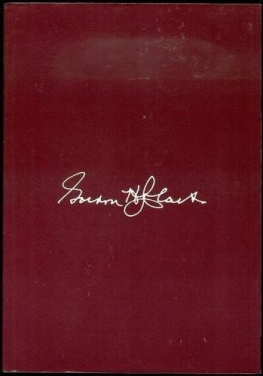
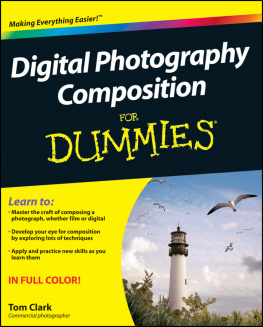



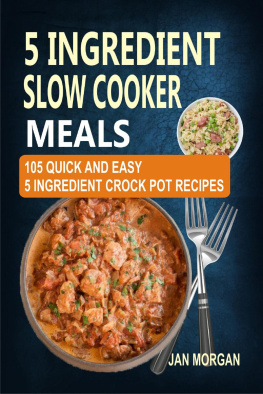
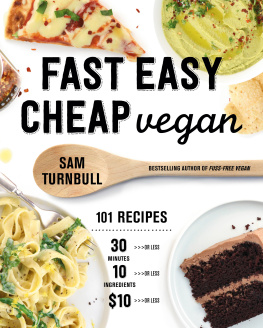

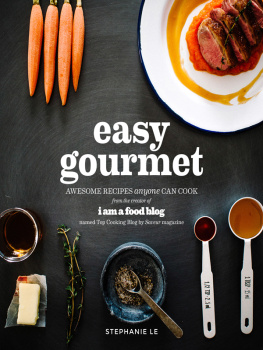

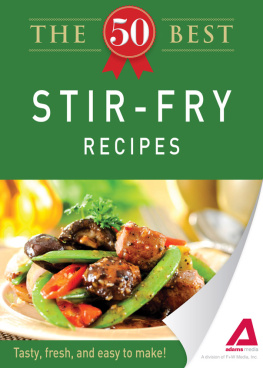

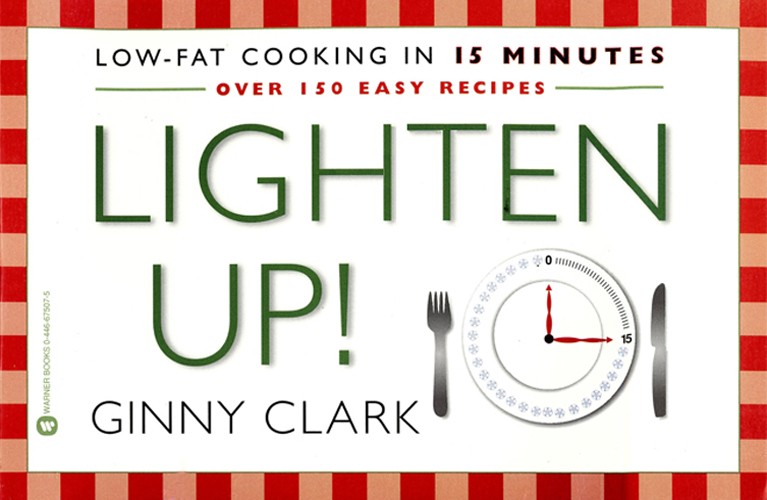
 to inch deep with a knife to tenderize meat or to expose more surface area for sauce or marinade.
to inch deep with a knife to tenderize meat or to expose more surface area for sauce or marinade. cup, cup) Measuring spoons (1 Tablespoon, 1 teaspoon, teaspoon, teaspoon) Mixing bowl Muffin pan Pancake turner (spatula) Pie tin or glass pie plate (good for baking small items) Plastic wrap (to store food and use as a cover in the microwave, but you know that) Pot holders (very important) Rubber spatula (to scrape bowls clean; if you use it while cooking it may meltuse the wooden spoons) Saucepan (2-quart) with a lid Scissors (to open packages and to cut up foods) Strainer Vegetable peeler (great for peeling potatoes, carrots, and apples) Wire rack (to cool baked food) Wooden mixing spoon (handle will not get hot in a hot pan) The following is a list of staple food items that you will need in your kitchen to prepare most recipes. I suggest that you purchase a few items each time you visit the grocery store.
cup, cup) Measuring spoons (1 Tablespoon, 1 teaspoon, teaspoon, teaspoon) Mixing bowl Muffin pan Pancake turner (spatula) Pie tin or glass pie plate (good for baking small items) Plastic wrap (to store food and use as a cover in the microwave, but you know that) Pot holders (very important) Rubber spatula (to scrape bowls clean; if you use it while cooking it may meltuse the wooden spoons) Saucepan (2-quart) with a lid Scissors (to open packages and to cut up foods) Strainer Vegetable peeler (great for peeling potatoes, carrots, and apples) Wire rack (to cool baked food) Wooden mixing spoon (handle will not get hot in a hot pan) The following is a list of staple food items that you will need in your kitchen to prepare most recipes. I suggest that you purchase a few items each time you visit the grocery store.